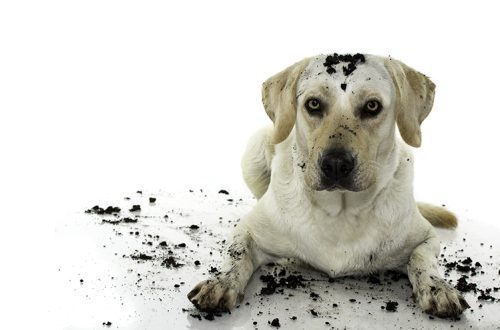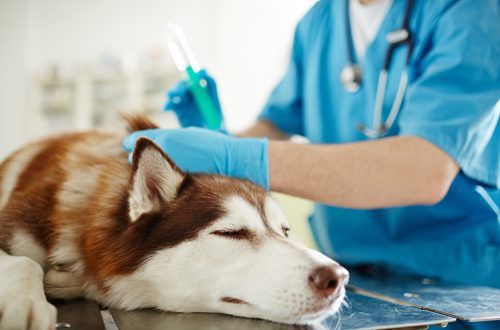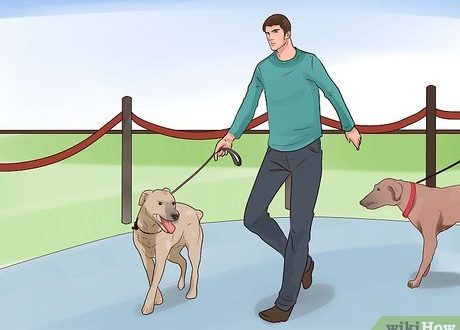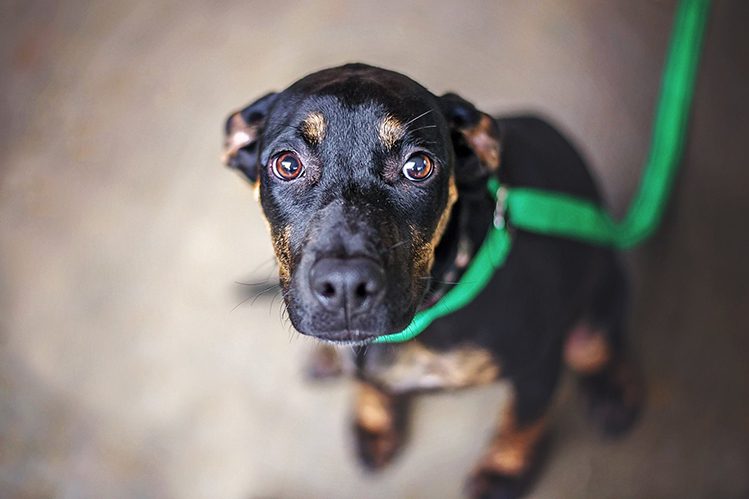
Tá eagla ar an madra roimh mhadraí eile: cad atá le déanamh?
Walking with a cowardly dog most often turns into a real test. The dog perceives any oncoming dog as the worst enemy, which will certainly harm him, even if someone else’s pet just walks by.
Why is a dog afraid of other people’s dogs and what to do in such a situation? Let’s figure it out.
Determining a dog’s fear is not difficult. At the sight of another dog, it begins to behave in one of the following scenarios:
Growls or whines
Tries to run away
reo
Presses ears and tail
Keeps an eye on the dog
Raises the spine so that it forms an arc (like in cats)
Begins to involuntarily “walk under himself”
Tries to attack first.
Each dog will have individual signs of fear, it is important to learn to notice them. A sensitive owner will always understand that something is wrong with his friend.

Before you take action and help your pet cope with the fear of relatives, you need to find out why your ward is afraid. There may be several reasons:
- Early separation from mother
The first 3 months of a dog’s life are very important. At this time, the baby grows stronger, learns the world around him, communicates with his mother and adopts the necessary habits from her. It’s great if the puppy has brothers and sisters – playing with them also helps the baby to know himself and the world around him.
If the puppy was deprived of this communication at a very early age, in the future he will have a very difficult time interacting with fellow tribesmen. That is why not a single conscientious breeder will give the baby up to 3 months of age: it’s not only about vaccinations, but also about communicating with mom and puppies.
- Artificial feeding
Unfortunately, a mother cannot always be near her cub for various reasons. Then a person takes over feeding the puppy.
The baby begins to consider the person as his parent, imitates him. If there was no experience of interacting with other four-legged animals, the puppy is afraid of other dogs, because. doesn’t know what to expect from them. He is 100% sure of the person.
- Trauma and bad experiences
Previously, a dog could live in a pack where it was offended by other dogs. This fixed the fear of relatives in the pet – he is simply afraid that any dog can cause him the same pain.
Dogs that grew up on the street or in a shelter where no one stood up for them are especially susceptible to this.
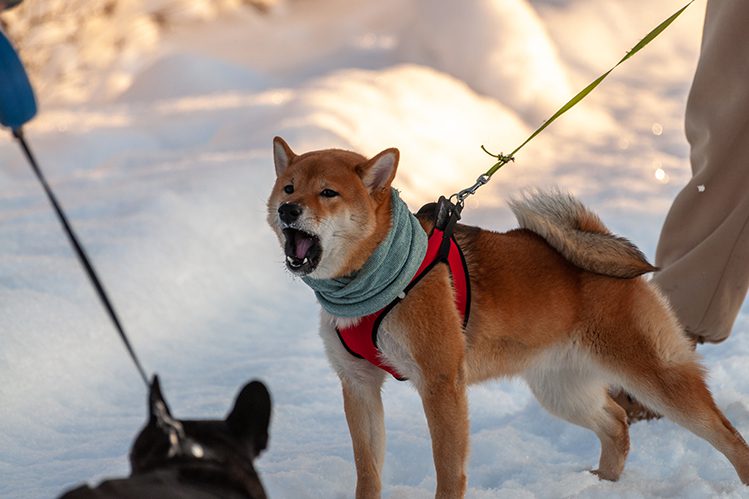
Easpa sóisialú
As soon as the baby is given all the necessary vaccinations, he should immediately be taken outside. The fear for your four-legged friend is understandable, but it is necessary to give him contact with other dogs.
And if the pet does not walk or does it where there are no people and dogs, it is not surprising that both will cause him anxiety.
- Overindulgence
Do not encourage your dog to be cowardly, do not give him treats to calm him down and distract him from fear. So the pet will quickly understand that you approve of his behavior, and if he shows fear, he deserves a reward. No, it’s not.
Instead of giving treats and holding them, it’s better to distract your dog with play.
Socialize your pet as early as possible. If you miss the time and do not do it in puppyhood, then it will be much more difficult for both you and the dog.
Do not interfere with the ward to communicate with relatives. If the other dog is not showing aggression, let them run and play together. Of course, it is worth considering the size of the pets and not letting, say, a Chihuahua play with an Alabai – this can end in failure.
Walk more often in crowded places, visit playgrounds for dogs. It’s great if you have someone else’s dog in mind, in whose goodwill you are sure. Let your coward communicate with her more often and play. Then you can slowly introduce the dog to other relatives.
Reinforce your pet’s desired behavior. If he went to meet another dog and was not afraid, praise him, give him a treat. So the dog will understand that you need to communicate with your own kind and there is nothing wrong and terrible in this.
Do not react emotionally to a frightened dog. She can fall into a stupor, or vice versa – start throwing herself at a passing dog. Do not feel sorry for her, do not get annoyed, but be persistent. Keep walking and lead the dog with you.
At the same time, you cannot be indifferent if there is a dog or a pack of stray dogs in the yard that systematically offend your wet-nosed friend. If the dog constantly experiences stress on walks, this will have a bad effect on his psycho-emotional state. Don’t allow it. It is better to walk where the dog’s relatives are supportive of it and do not try to harm it. And inadequate dogs are best avoided and not heroic.
Take the four-legged to the cynologist. Teaching commands is a great way to make your dog obedient and predictable. Hearing the command, the dog will be distracted from his fear. And if the matter is in psychological problems, then it makes sense to visit a zoopsychologist.
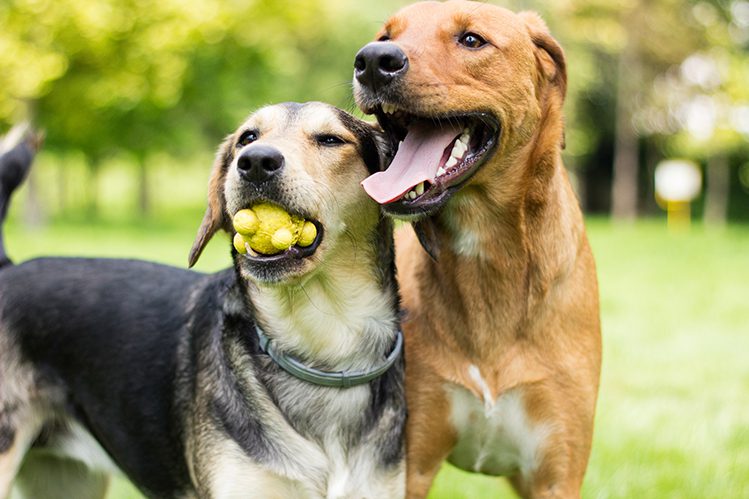
It is possible to cope with the dog’s fear of relatives, but this is not always easy and fast. If you are experiencing difficulties, do not hesitate to contact a professional for help.



